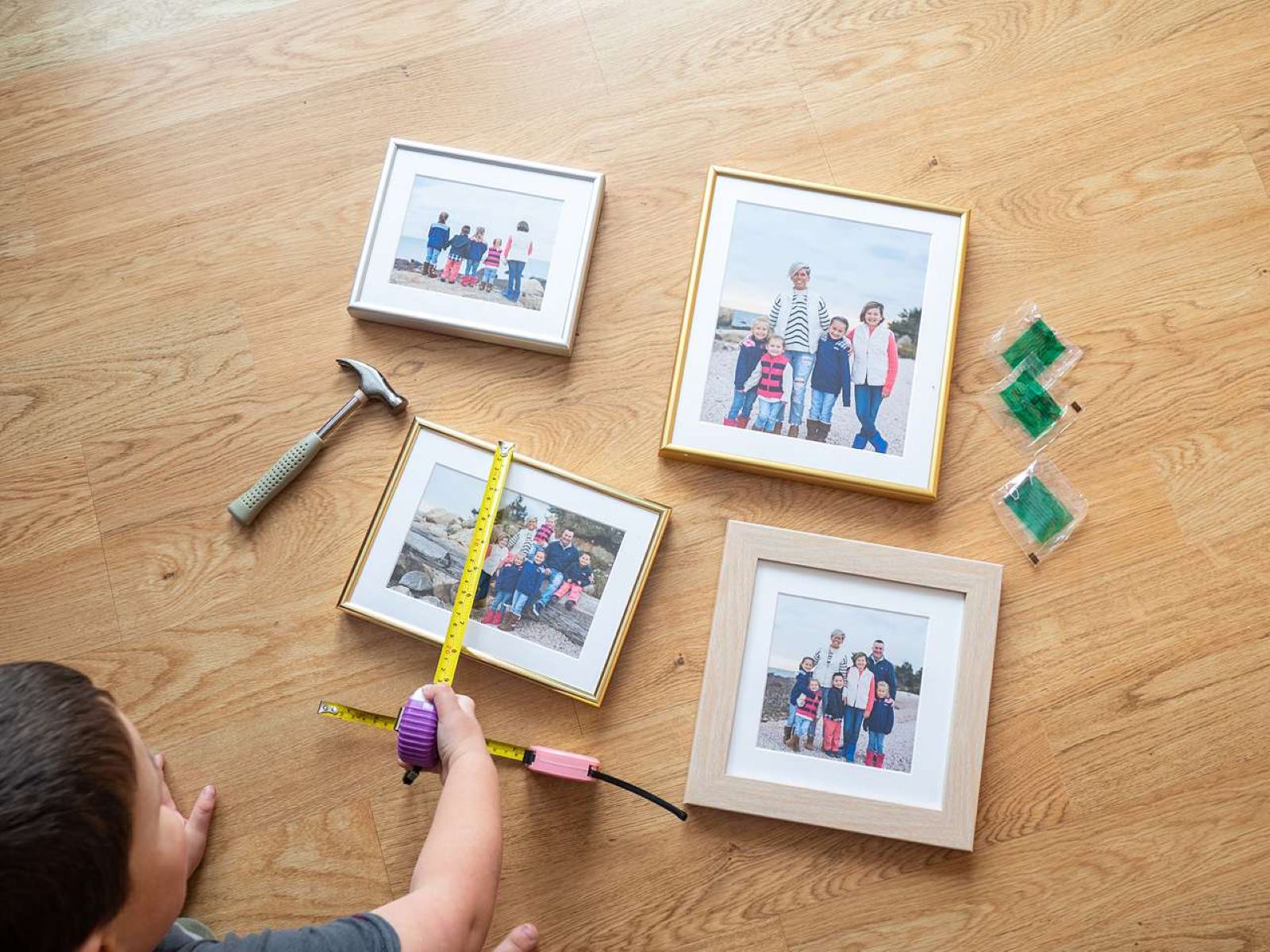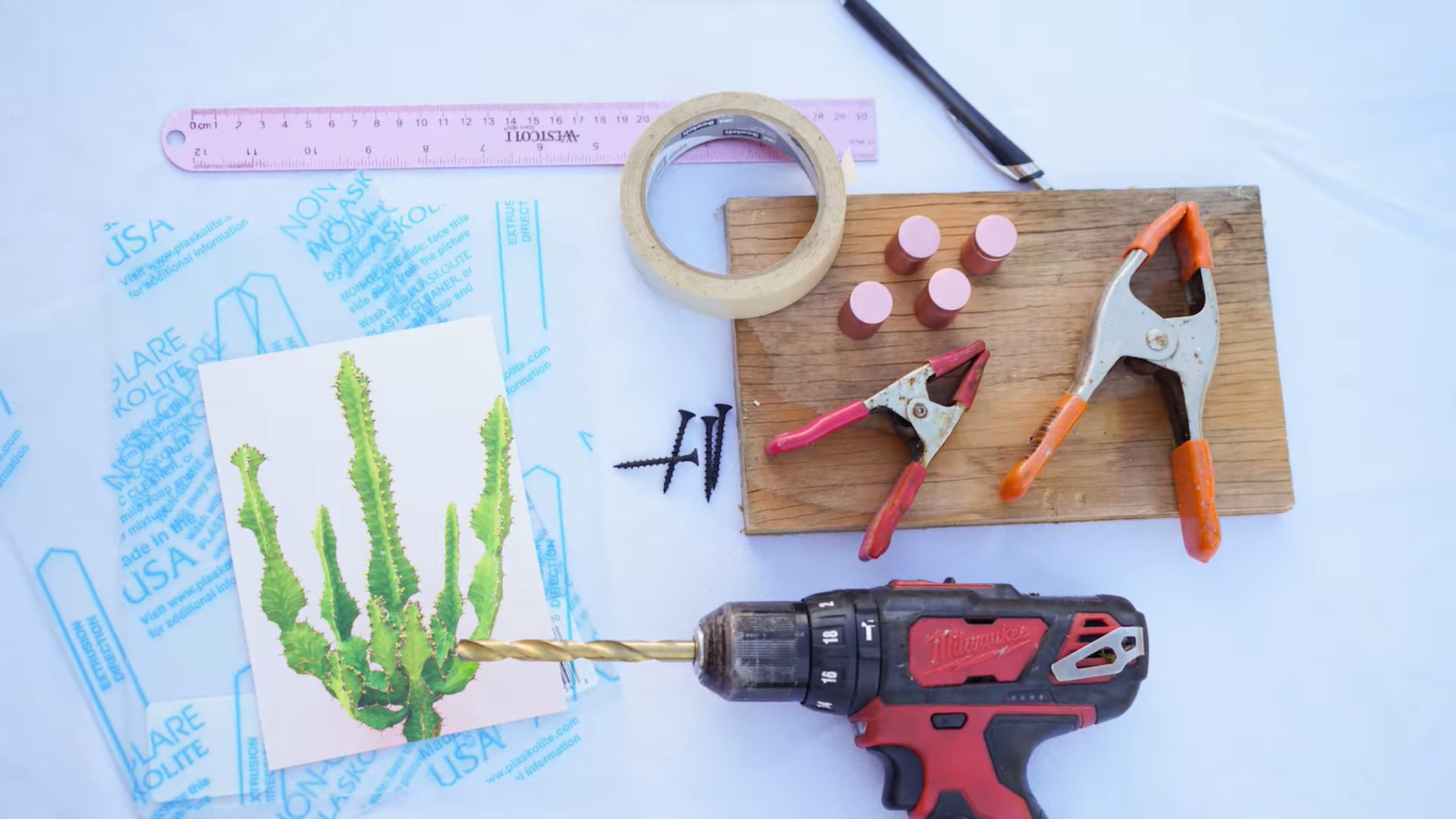Home>Articles>How To Store Framed Pictures In A Storage Unit


Articles
How To Store Framed Pictures In A Storage Unit
Modified: December 7, 2023
Learn the best methods for storing framed pictures in a storage unit with our helpful articles. Keep your precious artwork safe and protected.
(Many of the links in this article redirect to a specific reviewed product. Your purchase of these products through affiliate links helps to generate commission for Storables.com, at no extra cost. Learn more)
Introduction
Welcome to the world of framed pictures! Whether it’s a cherished family portrait, a stunning landscape shot, or a prized piece of artwork, framed pictures hold sentimental and aesthetic value that enhances our living spaces. However, there may come a time when you need to store these precious frames away temporarily. Perhaps you’re in the midst of a renovation, downsizing your home, or you simply want to declutter your living space. Whatever the reason, properly storing your framed pictures is crucial to preserving their beauty and preventing any damage.
In this article, we will guide you through the process of storing framed pictures in a storage unit. We’ll discuss how to select the right storage unit, prepare your pictures for storage, wrap them securely, ensure proper placement, and monitor the storage unit to maintain the condition of your precious frames.
By following these simple steps, you can ensure that your framed pictures remain safe, intact, and in pristine condition, ready to be displayed again when the time comes. So, let’s dive in and learn how to effectively store your framed pictures in a storage unit.
Key Takeaways:
- Safely store framed pictures by choosing a climate-controlled, secure storage unit. Prepare and wrap them carefully to prevent damage. Regularly monitor the unit to ensure optimal conditions for preserving your precious frames.
- When storing framed pictures, prioritize proper preparation, wrapping, and placement within the storage unit. Regular monitoring and maintenance are essential to safeguard your frames and ensure they remain in pristine condition.
Read more: How To Store Picture Frames
Choosing the Right Storage Unit
When it comes to storing your framed pictures, selecting the right storage unit is crucial. Here are a few factors to consider:
- Size: Assess the size of your framed pictures and determine the amount of space you’ll need. Look for a storage unit that can accommodate your frames and allow for easy access.
- Climatic Control: If your framed pictures are valuable or susceptible to damage from extreme temperatures, consider renting a storage unit with climate control. This will help regulate the temperature and humidity, ensuring the optimal conditions for preserving your frames.
- Security: Look for a storage facility with proper security measures such as surveillance cameras, secure access, and well-lit areas. This will give you peace of mind knowing that your framed pictures are protected.
- Location: Choose a storage unit that is conveniently located for easy access. If you anticipate needing to retrieve or check on your framed pictures frequently, proximity to your home or workplace will be beneficial.
- Reviews and Recommendations: Do some research online and read reviews of different storage facilities. Ask for recommendations from friends or family who have used storage units in the past. This will help you select a reputable facility with a track record of satisfied customers.
Once you have considered these factors, visit the storage facility in person if possible. Take a tour of the facility, inspect the units, and ask any questions you may have. This will give you a better sense of whether the storage unit meets your requirements and will provide a safe and suitable environment for your framed pictures.
Remember, the right storage unit will protect your framed pictures from potential damage and ensure they remain in pristine condition until you’re ready to display them again.
Preparing the Pictures for Storage
Before storing your framed pictures in a storage unit, it’s important to prepare them properly to minimize the risk of damage. Here are some steps to follow:
- Clean and Dust: Start by cleaning the frames and the glass or acrylic coverings of your pictures. Use a soft, lint-free cloth to gently remove any dust or dirt from the surfaces. Ensure that the frames are completely dry before proceeding.
- Inspect for Damage: Examine each framed picture carefully for any signs of damage, such as cracks, loose edges, or discoloration. If you notice any issues, consider getting them repaired by a professional before storing them.
- Remove Hanging Hardware: If your framed pictures have hanging hardware, such as hooks or wire, remove them carefully. This will prevent any potential damage to the frames or to other items in the storage unit.
- Take Inventory: Create an inventory list of all the framed pictures you are storing. Include details such as the size, description, and any notable features. Take photographs of each picture for reference.
- Label and Protect: Label each framed picture with a small, removable sticker or tag, indicating its corresponding inventory number. This will make it easier to locate specific pictures when you need to retrieve them. To protect the frames from scratches or scuffs, consider covering them with clean, soft cloth or bubble wrap.
Remember to handle your framed pictures with care throughout the preparation process. Use both hands to lift and move them, and avoid placing them on surfaces that could potentially scratch or damage the frames.
By following these steps, you can ensure that your framed pictures are in the best condition possible before they’re stored in the storage unit.
Wrapping the Framed Pictures
Properly wrapping your framed pictures is essential to protect them from dust, moisture, and potential damage during storage. Here’s a step-by-step guide to wrapping your framed pictures securely:
- Use Protective Materials: Start by gathering the necessary materials, including acid-free tissue paper, bubble wrap, and packing tape. These materials will provide an extra layer of protection for your framed pictures.
- Wrap with Acid-Free Tissue Paper: Begin by gently covering the front side of the framed picture with acid-free tissue paper. This will prevent any direct contact between the glass/acrylic and the bubble wrap, reducing the risk of scratches or damage. Secure the tissue paper with tape on the back of the frame.
- Wrap with Bubble Wrap: After wrapping the framed picture with acid-free tissue paper, carefully cover the entire frame with a layer of bubble wrap. Make sure the bubble side is facing outward and the corners are well protected. Secure the bubble wrap with packing tape, ensuring it’s snugly wrapped but not too tight to avoid damaging the frame.
- Extra Protection for Larger Frames: If you have larger framed pictures, you may want to consider using corner protectors or foam padding to provide additional cushioning. This will help absorb any impact or pressure during transit or while stored in the unit.
- Seal and Label: Seal the wrapped framed picture with packing tape, ensuring all edges are securely sealed. Label each wrapped picture clearly with its corresponding inventory number. This will make it easier to locate and retrieve specific pictures when needed.
As you wrap each framed picture, handle them with care to avoid putting pressure on the glass/acrylic or the frame. Use appropriate lifting techniques and consider wrapping the frames on a clean and spacious surface to prevent accidental damage.
Remember, the better you wrap and protect your framed pictures, the less likely they are to suffer any damage during storage. Take the time to wrap them properly for added peace of mind.
When storing framed pictures in a storage unit, make sure to wrap them in bubble wrap or packing paper to protect the glass and frame. Store them vertically to prevent warping and damage.
Ensuring Proper Placement in the Storage Unit
Once your framed pictures are properly wrapped, it’s important to consider their placement within the storage unit to ensure their safety and preservation. Here are some guidelines to follow when arranging your framed pictures:
- Vertical Orientation: Store your framed pictures in a vertical position whenever possible. This helps prevent any potential warping or damage to the frames. Place them side by side upright against a wall or on sturdy shelves.
- Separate with Spacers: If you have multiple framed pictures, it’s advisable to use spacers, such as foam pads or cardboard dividers, between them. This prevents any direct contact, reducing the risk of scratches or accidental damage.
- Consider Weight Distribution: Be mindful of the weight distribution within the storage unit. Avoid placing heavy framed pictures on top of lighter ones to prevent crushing or damage. Distribute the weight evenly to maintain stability.
- Leave Adequate Space: Allow for enough space between each framed picture and the walls of the storage unit. This promotes proper air circulation and reduces the chances of condensation or moisture buildup.
- Keep Fragile Items Separate: If you have fragile or delicate framed pictures, it’s advisable to store them separately from other items. This reduces the risk of accidental damage caused by shifting or pressure from other objects in the storage unit.
When arranging your framed pictures, it’s a good idea to create an inventory plan, indicating the location of each framed picture within the storage unit. This will help you easily locate specific pictures when needed without disrupting the organization of the unit.
Remember, proper placement of your framed pictures in the storage unit plays a crucial role in maintaining their condition during the storage period. Take the time to arrange and position them thoughtfully to ensure their safety and longevity.
Read more: How To Store Framed Pictures In Garage
Monitoring the Storage Unit
Once you’ve stored your framed pictures in the storage unit, it’s important to regularly monitor and maintain the unit to ensure the continued safety and preservation of your valuable frames. Here are some key aspects to consider when monitoring your storage unit:
- Regular Check-ups: Schedule periodic visits to your storage unit to inspect the condition of your framed pictures. This could be once every few months or as frequently as you deem necessary. The regular checks will allow you to address any issues promptly.
- Climate Control: If your storage unit has climate control, monitor the temperature and humidity levels to ensure they remain within the recommended range for preserving framed pictures. Extreme fluctuations or excessive moisture can cause damage, so it’s important to maintain stable conditions.
- Inspect for Pests: Keep an eye out for any signs of pests, such as rodents or insects, in your storage unit. These unwanted guests can cause damage to your framed pictures. If you notice any signs of infestation, take immediate action to address the issue.
- Security Measures: Verify that the security measures of the storage facility are functioning properly. Check if the surveillance cameras are operational, the access points are secure, and there are no signs of tampering or unauthorized access.
- Proper Ventilation: Ensure that there is proper airflow and ventilation in the storage unit. Adequate ventilation helps prevent moisture buildup and reduces the risk of mold or mildew formation on your framed pictures.
- Address Any Issues: If you notice any damage, deterioration, or changes in your framed pictures during the monitoring process, attend to them immediately. Seek professional assistance if necessary to repair or restore the frames.
Regular monitoring and maintenance of your storage unit will provide peace of mind and help preserve the quality of your framed pictures for years to come. By staying vigilant and proactive, you can address any potential issues before they escalate and ensure that your framed pictures remain in pristine condition.
Conclusion
Properly storing your framed pictures in a storage unit is essential to preserve their beauty and protect them from damage. By following the steps outlined in this article, you can ensure that your precious frames remain safe and in excellent condition until you’re ready to display them again.
Start by choosing the right storage unit that meets your needs, considering factors such as size, climatic control, security, location, and customer reviews. Properly prepare your framed pictures for storage by cleaning them, inspecting for damage, removing hanging hardware, taking inventory, and labeling them for easy identification.
When it’s time to wrap your framed pictures, use protective materials such as acid-free tissue paper and bubble wrap to prevent scratches and damage. Securely wrap and label each frame to facilitate easy retrieval when needed.
Ensure proper placement within the storage unit by storing the framed pictures vertically, using spacers between them, distributing weight evenly, and allowing adequate space for ventilation. Regularly monitor the storage unit, checking for climate control, pests, security measures, ventilation, and any issues with the framed pictures themselves.
By following these guidelines and taking the necessary precautions, you can confidently store your framed pictures in a storage unit, knowing that they will be well-protected and preserved. When the time comes to retrieve them, you can be assured that they will be in the same pristine condition as when you stored them.
So, go ahead and store your framed pictures with confidence. Your cherished memories and valuable artwork will thank you for the care and attention you’ve given them.
Frequently Asked Questions about How To Store Framed Pictures In A Storage Unit
Was this page helpful?
At Storables.com, we guarantee accurate and reliable information. Our content, validated by Expert Board Contributors, is crafted following stringent Editorial Policies. We're committed to providing you with well-researched, expert-backed insights for all your informational needs.















0 thoughts on “How To Store Framed Pictures In A Storage Unit”